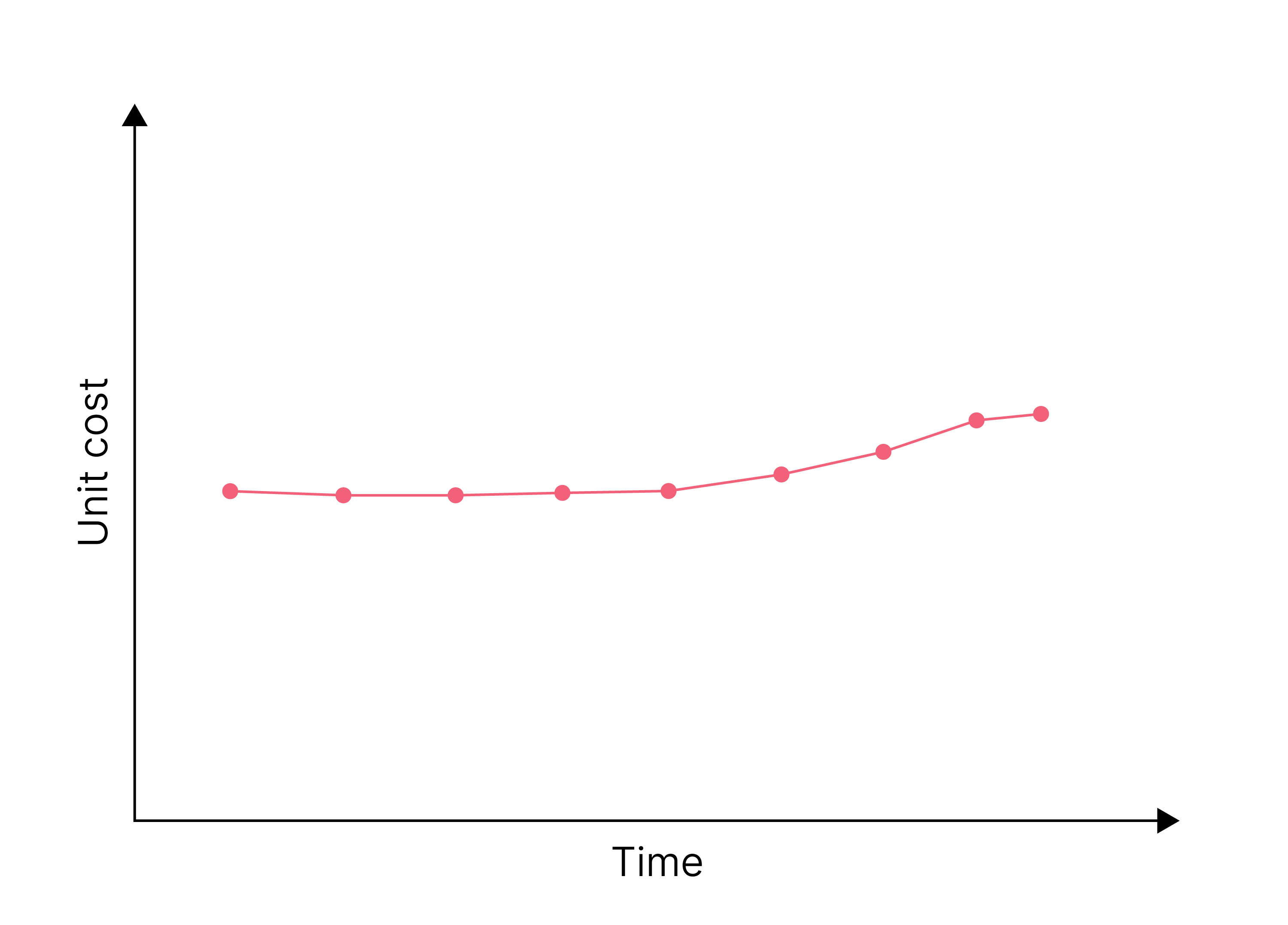For most growing startups, there comes a time when it’s necessary to shift the company’s focus from gaining traction and getting product-market fit to achieving and sustaining reasonable margins through cost efficiency. That shift can be difficult: first, because cost efficiency is not as exciting as building something new and innovative, and second because sustaining it requires non-trivial changes to the company’s operating model.
However, this shift is necessary for the company to scale. Without this, it’s not uncommon for fast-growing startups to be hit with the reality that their costs are growing faster than their customer base. If you’re aware of what to look for in advance, escalating costs can be mitigated quickly before its impact becomes damaging.
Watch for these three warning signs that costs could bottleneck your company’s growth.
1. No visibility into what’s driving costs.
In most startups, there are multiple service providers (cloud, SaaS, development tools, etc.) whose cost and usage data lives in disparate systems. This separation can obscure the total cost for a service or product. In addition, the individual cost reports themselves can be overwhelming with the level of detail they provide.
Without consolidating and simplifying these reports and proper cloud infrastructure tagging conventions, it is impossible to properly attribute costs to specific aggregates at the service or team level. However, unless you have this level of clarity around your accounting, teams will be forced to operate without fully understanding the cost implications of their decisions.
2. Tool overload
Having multiple tools with the same purpose – or at least overlapping purposes, such as multiple CI/CD pipeline tools or API observability tools, can naturally create cost inefficiencies. This often comes about when there isn’t a paved road, and each team is autonomously picking their technical stack, rather than choosing tools that are already licensed or preferred by the company.
Another exacerbating factor is that companies sometimes maintain in-house tools that have major overlap in capabilities with third-party tools, whether open-source or commercial. This can happen when the in-house tools predate third-party solutions, or when the team decides to develop simpler versions of third-party tools for an emerging need. As the company grows and engineers add features to the homegrown tools, what started as a simple shortcut can become complex. Over the long term, the total cost of ownership of such homegrown systems can become prohibitive as they require continued maintenance and internal training.
3. Unable to reach economies of scale
In any architecture, cost is correlated to the number of requests, transactions, users using the product, or a combination of them. As the product gains market traction and matures, companies hope to gain economies of scale, reducing the average cost to serve each user or request (unit cost) as its user base and traffic grows. If a company is having trouble achieving economies of scale, its unit cost would instead increase.


Note: in this example diagram, it is implied that there are more units (requests, transactions, users as time progresses)
Conclusion
If these symptoms sound familiar, it may be a sign to shift the company’s focus to how to better manage costs before they hold back growth. With the right oversight and optimizations, you can get control of costs early.
To explore this further and to find solutions to these common cost issues, check out the article on Cost Efficiency in the Bottleneck Series on Martin Fowler’s blog.
Disclaimer: The statements and opinions expressed in this article are those of the author(s) and do not necessarily reflect the positions of Thoughtworks.


















